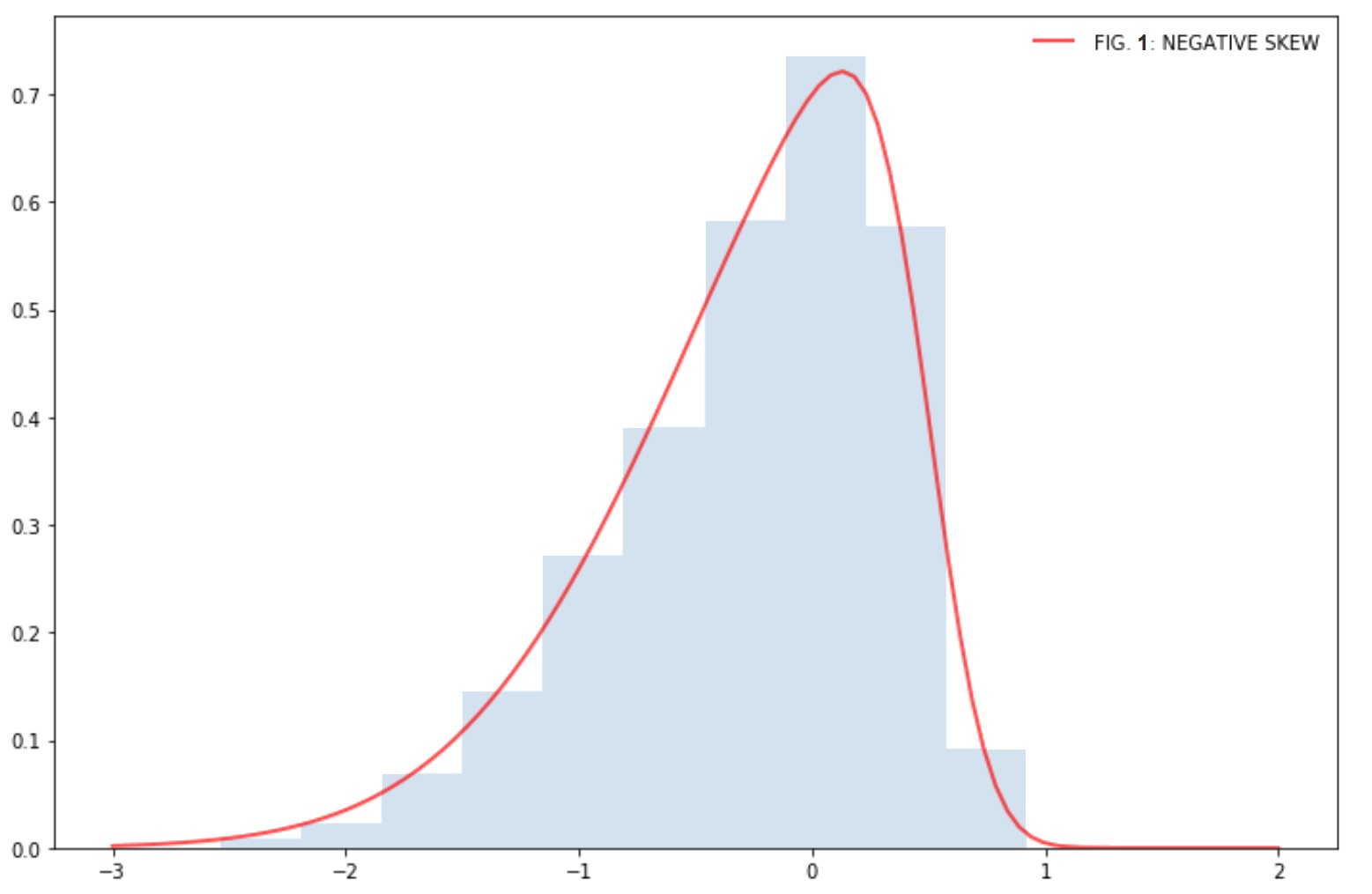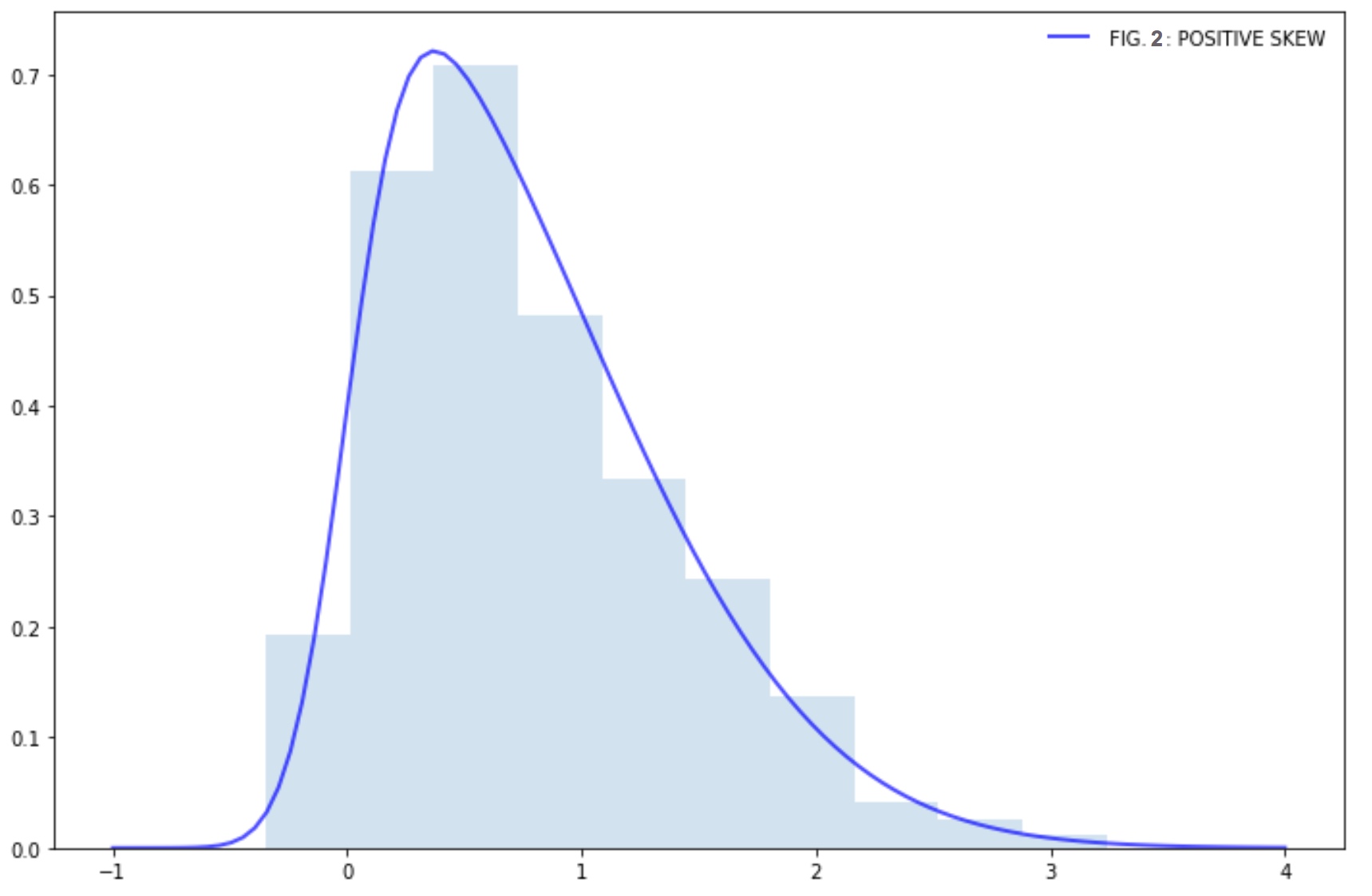Designing a Trading System- III deals with the definition of the parts needed to design a sound trading system.
Defining the parts of the problem
To finally produce a good trading system we need to identify, first, the components of the problem, and find the best solutions available for each of them. There are many solutions. There’s no question of right or wrong. The optimal solution is the one that fit us best.
1. Identify the tradable markets and its features
The forex market is composed of seven major pairs and 16 crosses. The trader should decide about the composition of his trading basket in a way to minimise the correlation of concurrently opened trades.
Liquidity is an important factor too. Especially important, is to detect and avoid the hours when liquidity is low. Therefore, a trader should define the smallest one for an acceptable trade.
Volatility is also another important information that we need to quantify. Too much volatility on a system designed in less volatile conditions may fail miserably. Especial attention shall be put to stop placement if they don’t get automatically adjusted based on the current volatility or price ranges.
Also, we should be careful with news-driven volatility. We must decide if we trade that kind of volatility or not, and, if yes, how to fit it into our system.
2. Identifying market condition
A trading signal works for a defined market condition. A trend following signal to buy does not work in sideways or down trending markets.
Identify reversion to a mean. Usually, mean-reverting conditions happen in short timeframes, due to the spread of trading robots, liquidity availability, and profit taking. Reversion to the mean markets merits particular entry and exit methods, using some kind of bands or channels, for instance.
Identify oversold and overbought: It is crucial to detect overbought and oversold conditions to avoid trades when it’s too late to get in and close those open trades at the right moment.
Finally, we must find a way to include all this information in the form of set-up or trading filter.
3. The concept and yourself
There are lots of ways to trade a market, but not every system fits all traders. An example of a tough-to-trade system for myself would be the Donchian breakout system. The Donchian is robust and simple trend following system, but I know I wouldn’t be comfortable with 35% winners because I know that this would mean a 12% chance of having a streak of 5 losers.
Accordingly, to know what fits you, you should try to, honestly, know yourself, and your available time for trading.
4. The Trader
Conceptually there are two kinds of players: Those who need frequent small gains and accepts sporadic large losses (premium sellers) and those who are willing to pay insurance for disasters, taking periodic small losses in search for large gains (premium buyers).
A premium seeker prefers a hit-and-run style of trading. Scalping, mean reverting, swing trading, support- resistance plays and similar strategies. A premium seeker has a negatively skewed return distribution, as in Fig. 1:
A premium buyer is a trend follower, an early loss taker, a lottery ticket buyer, a scientist experimenting in search for the cancer cure. He is willing to be wrong several times in a row, looking for the big success. When he finds a trend, he jumps on it with no stops. If proven right, he adds to the position, pyramiding, as soon as new profits allow it. A premium buyer has a positively skewed return distribution, as in Fig. 2:
Trader’s psychology
We notice that the most psychologically pleasing style comes from premium sellers. The problem with this trading style is that there no insurance for the black-swan-type risk. He is a risk insurer!
The premium buyer is like a businessperson. A person who is willing to accept the cost of the business for a proper reward. His problem being, he must endure continuous streaks of small loses.
An early loss taker is against the crowd instinct to take profits early, a habit with a negative expectancy, so it pays extra returns to be contrarian.
There is a mixed style where reward to risk is analysed and optimised. It uses stop protection, while the per cent of winners is enhanced using profit targets.
The key detail for a sound system, in my opinion, is to make sure our distribution of returns has a positive skew. A trader can accomplish that by making sure his system has a mean reward-to-risk ratio greater than 1:1. Preferably greater than 2:1 but never less than 1:1, and by setting profit targets in tune with the market movements. Placing them near resistance or support, and, possibly, using trail stops.
4. The law of active management
The Fundamental Law of Active Management was developed by Grinold and Kahn to measure the value of active management, expressed by the information ratio, using only two variables. Manager skill IC and the number of independent investment opportunities N.
IR = IC x √N
If two managers have the same investment skills (IC), but one has higher active management, meaning N, the number of trades/operations, is greater than the other one, its investment return IR will outperform that of the less active manager.
This formula can be used in trading strategies, as well: On two equally smart strategies, the one with more frequent trading will outperform the other. There’s a limitation, though, that this formula doesn’t address: The cost of doing business is more significant the higher the frequency of trading.
5. Timeframes: Fast vs Slow
We should take into account, also, the available daily time. Does the trader have time to be on the computer screen the whole day or is he busy during working hours? Hence, able to only dedicate just a couple of hours at noon to trading.
Unless he’s willing to use a fully automated system, the time available conditions the permissible timeframes. A trader who’s busy all day cannot trade signals that show on less than 4-hour timeframes. He is forced to focus on swing trading signals that can be analysed at noon. A full-time trader has all available time-frames at his disposal.
Well summarise here the classification made by Robert Carver on his book Systematic Trading:
Very Slow (average holding period: months)
Very slow systems tend to behave like buy and hold portfolios. Trading rules tend to include mean reversion to very long equilibrium such as relative value equity portfolios, that buy on weakness and sell on strength.
Returns from dynamic trading get worse the lower the trading frequency, as a result of the law of active management. Therefore, at large holding periods, the return tends to be poor, unless the skill at timing the market were top notch.
Medium (average period hours to days)
The law of active management gives us a clue that this timeframe gets more attractive results than the longer time-frame.
It’s more suitable for part-time traders that can do swing trading, working in the evening, searching for signals to use in hourly and daily charts. From a Forex perspective, these medium-speed timeframes are less crowded with traders, therefore, strategies may work better than shorter timeframes.
Fast( from microseconds to one day)
The Sharpe ratios could be very high in these timeframes, an important portion of the raw returns ought to be spent on costs (commissions and spreads).
On the next article, we will discuss Risk.
Take your trading to the next level with our 14 Day, No Obligation, Free Trial. You will soon discover why we are trading’s best-kept secret. We are successfully building the world’s largest group of profitable traders and would like you to be part of it.
You can join for as little as $19.99 per month, no contract, cancel anytime. Just one profitable trade month covers this amount, the rest is pure profit. You will benefit from unparalleled access to our professional traders, our transparent trading performance, our LiveTradeRooms and access to the most comprehensive trading education on the market. What have you got to lose? JUST CLICK HERE TO GET STARTED NOW and see how real money is made!



